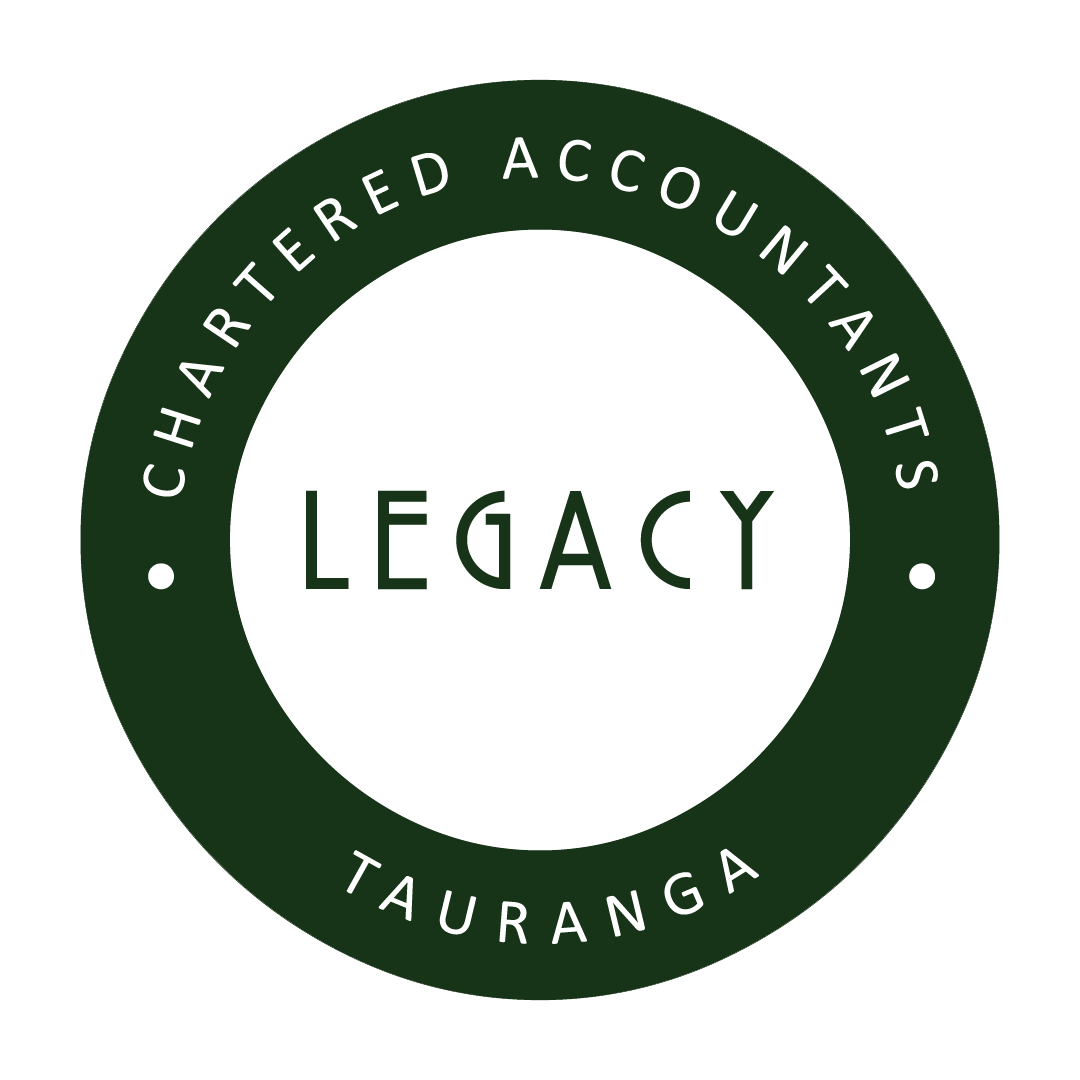The Accounting Income Method
The accounting income method is a simple but smart change. It allows you to use your accounting software to calculate and pay your provisional tax, taking the guesswork out of the process. If that sounds a lot like how you calculate PAYE, that’s because it is.Although these changes don’t take effect until April 2018, now is a good time to start planning for them. We’ll look deeper into this in future issues, so watch this space.Other business-friendly measures include reducing or removing use of money interest (UOMI) for the vast majority of business taxpayers. In the past UOMI has been seen as unfair, because even if a business paid the correct amount of provisional tax during the year, it could still incur the interest. As of April 1 this year, this charge is considerably reduced through the extension of the safe harbour rules. Any drawings are not a deductible business expense. It’s much easier to track this if the cash drawings are taken as a regular amount, say weekly, fortnightly or monthly.In addition, there are new rates for UOMI. As from 8 May 2017 they will change to:• Underpayments – 8.22% (down from 8.27%). That’s what you pay on money you owe to IRD.• Overpayments – 1.02% (down from 1.62%). That’s what IRD pays you on money it owes to you.The rates are reviewed regularly to reflect market interest rates.The combination of the accounting income method and the other provisional tax changes will reduce the impact UOMI has on small businesses. The changes also remove the one percent incremental late payment penalty for new GST, income tax, and overpaid Working for Families tax credits.If you’d like more information about these changes, or how they could benefit you, get in touch with us and we’ll be happy to walk you through them.
